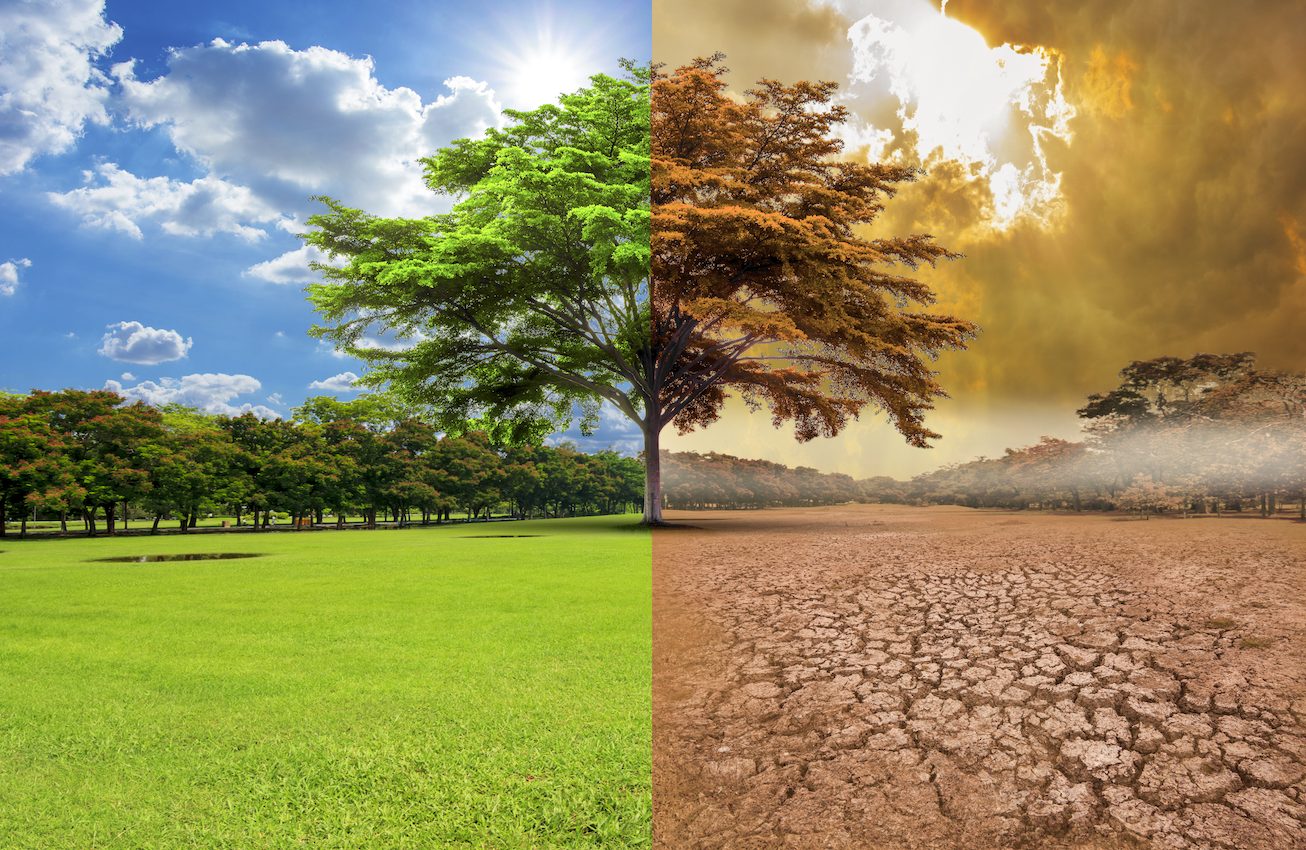
We must prepare for a world with less available water, experts warn
A team of researchers led by the University of New South Wales has found that even though climate change is causing more intense rainfall, water supplies are in a state of decline. According to the study, this paradox can be blamed on drying soils. The findings point to a world where drought-like conditions will become the new normal, especially in regions that are already dry.
The investigation was focused on actual data from 43,000 rainfall stations and 5,300 river monitoring sites in 160 countries. The results of the study are much more certain and conclusive than those that are based on climate model simulations.
“This is something that has been missed,” said study lead author Professor Ashish Sharma. “We expected rainfall to increase, since warmer air stores more moisture – and that is what climate models predicted too. What we did not expect is that, despite all the extra rain everywhere in the world, is that the large rivers are drying out.”
“We believe the cause is the drying of soils in our catchments. Where once these were moist before a storm event – allowing excess rainfall to runoff into rivers – they are now drier and soak up more of the rain, so less water makes it as flow.”
Professor Sharma explained that less water in rivers means less water for cities and farms, while drier soils mean that farmers need more water to grow the same crops. “Worse, this pattern is repeated all over the world, assuming serious proportions in places that were already dry. It is extremely concerning.”
Out of every 100 raindrops that fall on land, only 36 drops are “blue water” that makes its way into lakes, rivers, or aquifers for human use. The remaining two thirds of rainfall, which is known as “green water,” is mostly retained as soil moisture for use by the landscape and the ecosystem.
As rising temperatures cause more water to evaporate from the soil, these dry soils are absorbing more of the rainfall and leaving less blue water for human use.
“It’s a double whammy,” said Professor Sharma. “Less water is ending up where we can store it for later use. At the same time, more rain is overwhelming drainage infrastructure in towns and cities, leading to more urban flooding.”
“We need to adapt to this emerging reality. We’re going to need re-engineering on a massive scale in some places if we are to continue living in them. But it’s possible: places like Arizona and California receive barely 400mm of rain each year, but have engineered their water supply systems to make previously uninhabitable places liveable.”
The study is published in the journal Water Resources Research.
—
By Chrissy Sexton, Earth.com Staff Writer
Paid for by Earth.com













